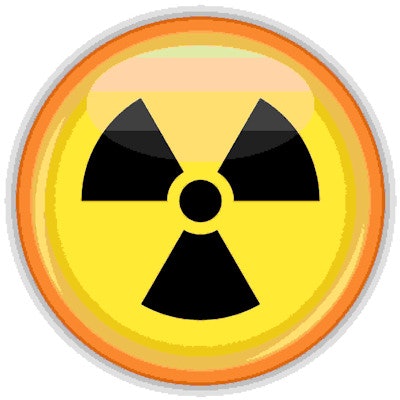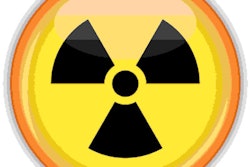
CT radiation dose has been the target of a variety of recommendations, protocols, and guidelines designed to reduce how much dose patients receive. But despite good intentions, radiology may not be doing all it can to reduce CT radiation dose, according to a June 12 opinion article in the American Journal of Roentgenology.
The authors, led by Timothy Szczykutowicz, PhD, from the University of Wisconsin-Madison, reviewed the current state of CT dose management at imaging sites throughout the U.S. They cited the promotion of campaigns, mandatory standards, and software enhancements in recent years as an indication that healthcare institutions have been striving to minimize the potential harms associated with radiation exposure during CT exams.
Although these measures are well-intentioned, their clinical application has been suboptimal more often than not, the group noted. Szczykutowicz et al highlighted several issues hindering the effective management of CT dose, including the following:
- False alarms with dose-check software: Most CT scanners have software that alerts the clinician at fixed dose levels, regardless of the type of intervention. In some cases, such as CT arthrography and CT-guided radioablation, clinicians need to increase the dose beyond the fixed values. But doing so triggers an alert that stops workflow, which has led many imaging centers to turn off such features for these cases.
- Misconceptions surrounding dose in CT: Education regarding dose and pitch has lagged behind technological advancements in CT scanners.
- Misunderstanding of automatic exposure control (AEC): "A lack of expertise, combined with the complexity of setting up AEC systems coupled with a fear of exceeding defined dose targets, has resulted in some sites not using AEC," the group wrote.
In the case of pediatrics, clinicians without AEC expertise frequently use fixed tube current techniques and set dose targets based on patient age rather than patient size, which could lead to over- or underestimation of dose. - Poor classification of dose data: For example, there is currently no naming convention that separates routine helical chest CT from common add-on exams such as high-resolution thin-slice axial expiration -- both of which require markedly different CT dose index volume (CTDIvol). In addition, many dose-monitoring software applications do not take into account fundamental differences in the ways different CT scanners operate.
- Variability in dose monitoring: Many imaging sites rely on radiologic technologists to adjust acquisition and select contrast parameters on the fly, with no standardized way to monitor their compliance with set protocols.
To overcome these limitations, Szczykutowicz and colleagues suggested that imaging sites assemble a team -- consisting of a radiologist, CT technologist, medical physicist, and applications specialist -- to refine their protocols and confirm that staff members are not inappropriately changing them.
The downside? A dedicated team can cost a single center hundreds of thousands of dollars per year.
"We strongly believe that the team approach is the best route to take in facing these challenges," the authors wrote. "The examples in the literature of good CT quality practice all use CT protocol optimization teams."



















